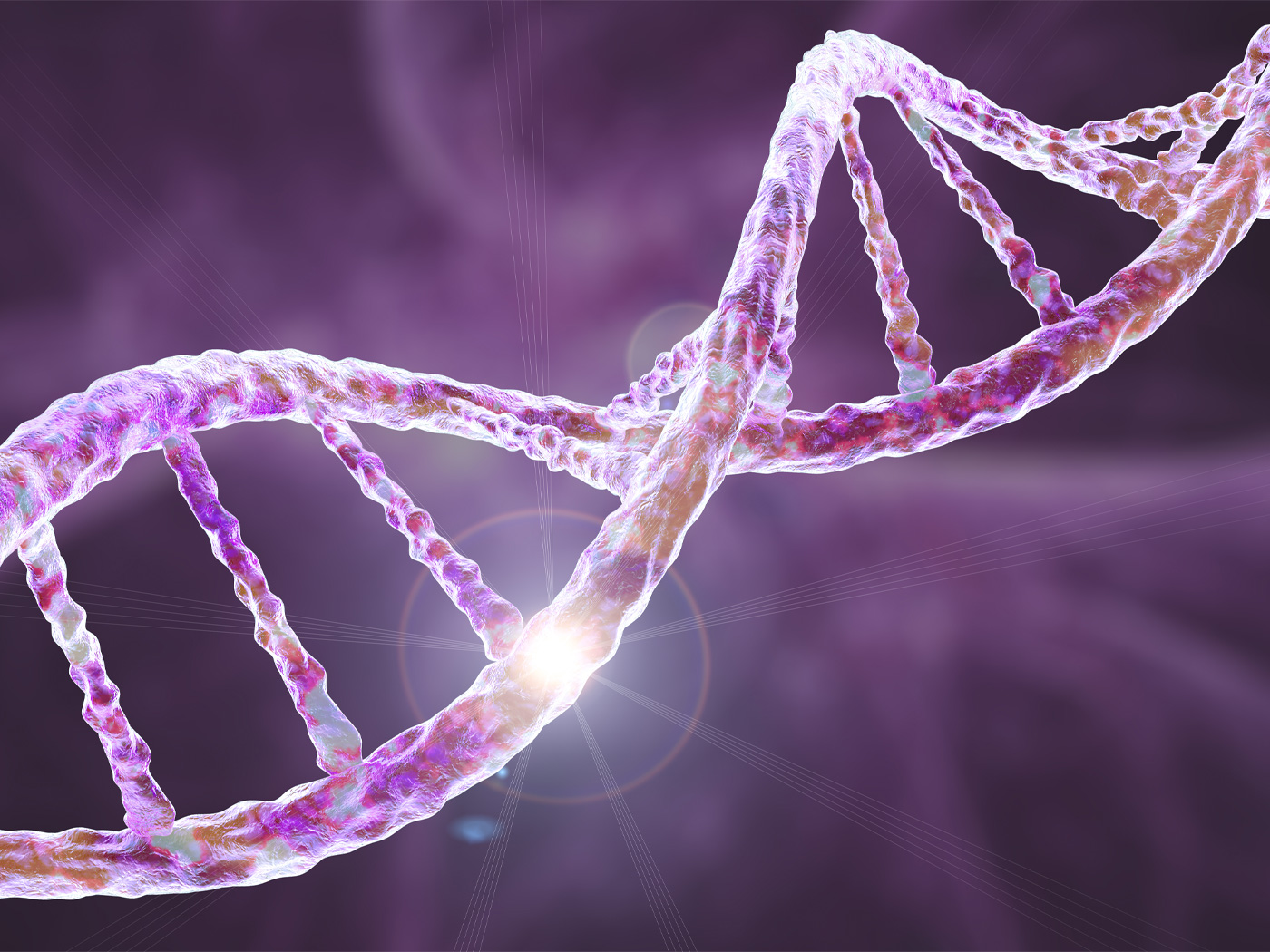The ICR life sciences team is in the midst of the literature review phase of our new research venture that will examine the major unanswered origins biology questions.1 Our current focus is on reviewing papers relevant to the first of our identified research questions, refuting the evolutionary tree of life.2
We are targeting our review specifically toward molecular-based (i.e., DNA-based), rather than anatomy-based, tree of life papers. Molecular-based classification is a more recent approach to taxonomy and is, in some ways, superior to the traditional method based on anatomy and physiology, for reasons we have detailed previously.2 Since DNA is the genetic material that is passed from parent to offspring each generation, it provides a record of an organism’s history and is, therefore, a potentially powerful tool for ancestry and classification studies.
Furthermore, there is a wealth of different types and catalogs of information present in an organism’s DNA sequence, making DNA a very rich repository of data to utilize in taxonomy. Hence, evolutionists have been exploiting DNA as a means to explore the supposed evolutionary relationships across all forms of life, and we are presently evaluating these claims.
There are at least two approaches we could take to assess the validity of the molecular data used to support the evolutionary tree of life. First, we could gather and read every single tree of life paper published, learn the methods they use to build their trees from the molecular data, and then look for discrepancies and controversies amongst evolutionists themselves. The problem with this approach is that essentially all tree of life analyses are performed under the assumption of common ancestry. Hence, any controversies within the evolutionary field are inevitably debates over ambiguities in their conclusions under the assumption of common ancestry, not conflicts about the fundamental assumption. Hence, for us to focus on highlighting disputes over the tree of life amongst evolutionists leads to a weak creation apologetic, since this focus fails to address the core problem of the errant underlying assumption.
Second, we could use the same raw data behind molecular tree of life studies and look for evidence of discontinuity within these data sets without making any assumptions of common ancestry. Though nearly all papers that publish new DNA sequence data attempt to make some contribution to the evolutionary paradigm, beneath these speculations are data that support the creation model. This focus on discontinuity is fundamentally different from highlighting debate over ambiguity under the assumption of common ancestry, and it permits discovery of conclusions that make for a superior creation-based apologetic. We are currently focusing on discovering discontinuity in our review of the tree of life literature and analysis of similar data sets.
Studying discontinuity at the DNA level may yield insights not only into the problems in the evolutionary paradigm, but also into the true ancestry of each creature under the biblical paradigm of created kinds.3, 4 Expect to read about our findings in future issues of Acts & Facts.
References
- Jeanson, N. 2010. Literature Review: Simplifying the Research Process. Acts & Facts. 39 (11): 6.
- Jeanson, N. 2010. New Frontiers in Animal Classification. Acts & Facts. 39 (5): 6.
- Jeanson, N. 2010. Common Ancestry and the Bible—Discerning Where to Draw the Line. Acts & Facts. 39 (6): 6.
- Jeanson, N. 2010. The Limit to Biological Change. Acts & Facts. 39 (7): 6.
* Dr. Jeanson is Research Associate at the Institute for Creation Research and received his Ph.D. in Cell and Developmental Biology from Harvard University.
Cite this article: Jeanson, N. 2010. Literature Review: Molecular Data and the Tree of Life. Acts & Facts. 39 (12): 6.














